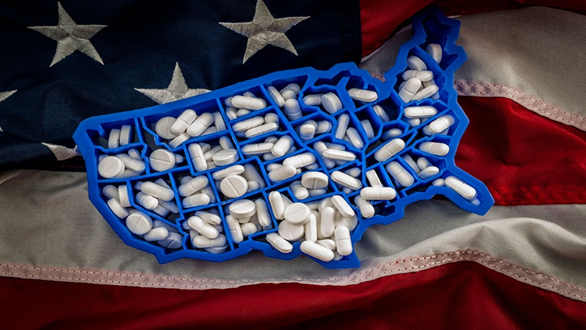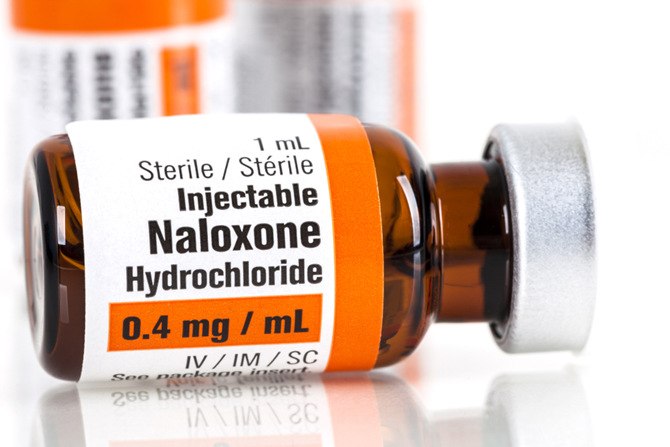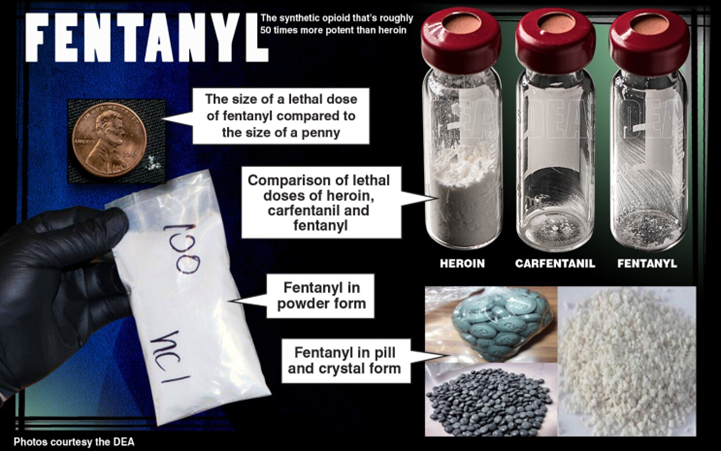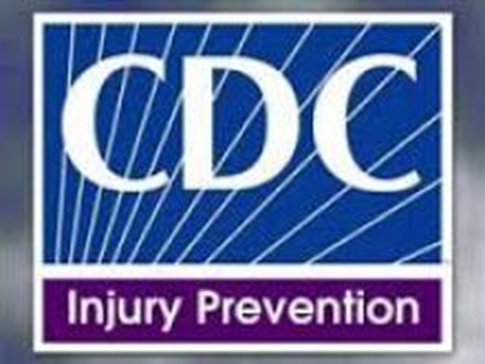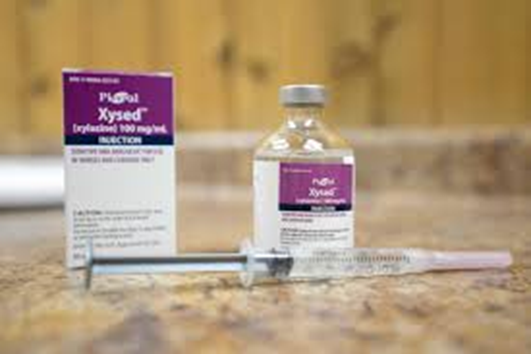For the first time in decades, public health data from the United States show a decline in drug overdose deaths across the country. According to the Centers for Disease Control and Prevention (CDC), 111,802 overdose deaths were reported in the 12 months ending August 2023. This number fell to 93,087 in June 2024 (the last month for which data are available) — a 16.4% drop in a 10-month span.
Decline In US Overdose Deaths Is Not All Good News
Why In News
- For the first time in decades, public health data from the United States show a decline in drug overdose deaths across the country. According to the Centers for Disease Control and Prevention (CDC), 111,802 overdose deaths were reported in the 12 months ending August 2023. This number fell to 93,087 in June 2024 (the last month for which data are available) — a 16.4% drop in a 10-month span.
The Good
- Fentanyl, a synthetic opioid, lies at the heart of the United States’ drug crisis, and contributes to the majority of overdose deaths.
- Years of public health messaging and expanded access to treatment options for fentanyl overdose seem to finally be paying dividends. For instance, Naloxone and other medication for opioid addiction have become more affordable, and hence more easily available to drug users. Programmes offering sterile syringe exchanges and fentanyl test strips are also saving lives.
- The US government’s crackdown on Mexican cartels and international supply chains is making chemicals and other supplies used for making fentanyl harder to get. Pure fentanyl is thus becoming more scarce and expensive — and purity of the product has a direct correlation with its lethality.
The Bad
- The data show uneven progress among racial and ethnic groups, and geographic regions. This means that many communities that have been historically marginalised are yet to see much change, if any, in their situation.
- “There are entire communities that are not seeing that progress,” Dr Allison Arwady, the director of the US government’s National Center for Injury Prevention and Control.
- The crackdown on fentanyl has spurred the rise of other drugs, mixed with fentanyl or sold on their own.
- Street fentanyl, for instance, is increasingly being cut with xylazine, a toxic animal tranquiliser which that can cause skin lesions (even leading to limb amputations in extreme cases) and other long-term health effects. But mixed with fentanyl, it is likely saving lives.
- This is because xylazine sedates people for hours. If someone consumes fentanyl mixed with xylazine, “you might not shoot another bag of fentanyl, because you’re knocked out,” Colin Miller, a researcher at the University of North Carolina, Chapel Hill.
- There is also some research to indicate that patients admitted to emergency departments for fentanyl overdoses had less severe outcomes when xylazine was also detected.
- The crackdown on fentanyl has led to the growing spread of other drugs such as methamphetamine and cocaine which are not as acutely deadly as fentanyl, although still dangerous. A recent study showed a possible correlation in Ohio between plummeting opioid fatalities and a surge of meth in the state.
